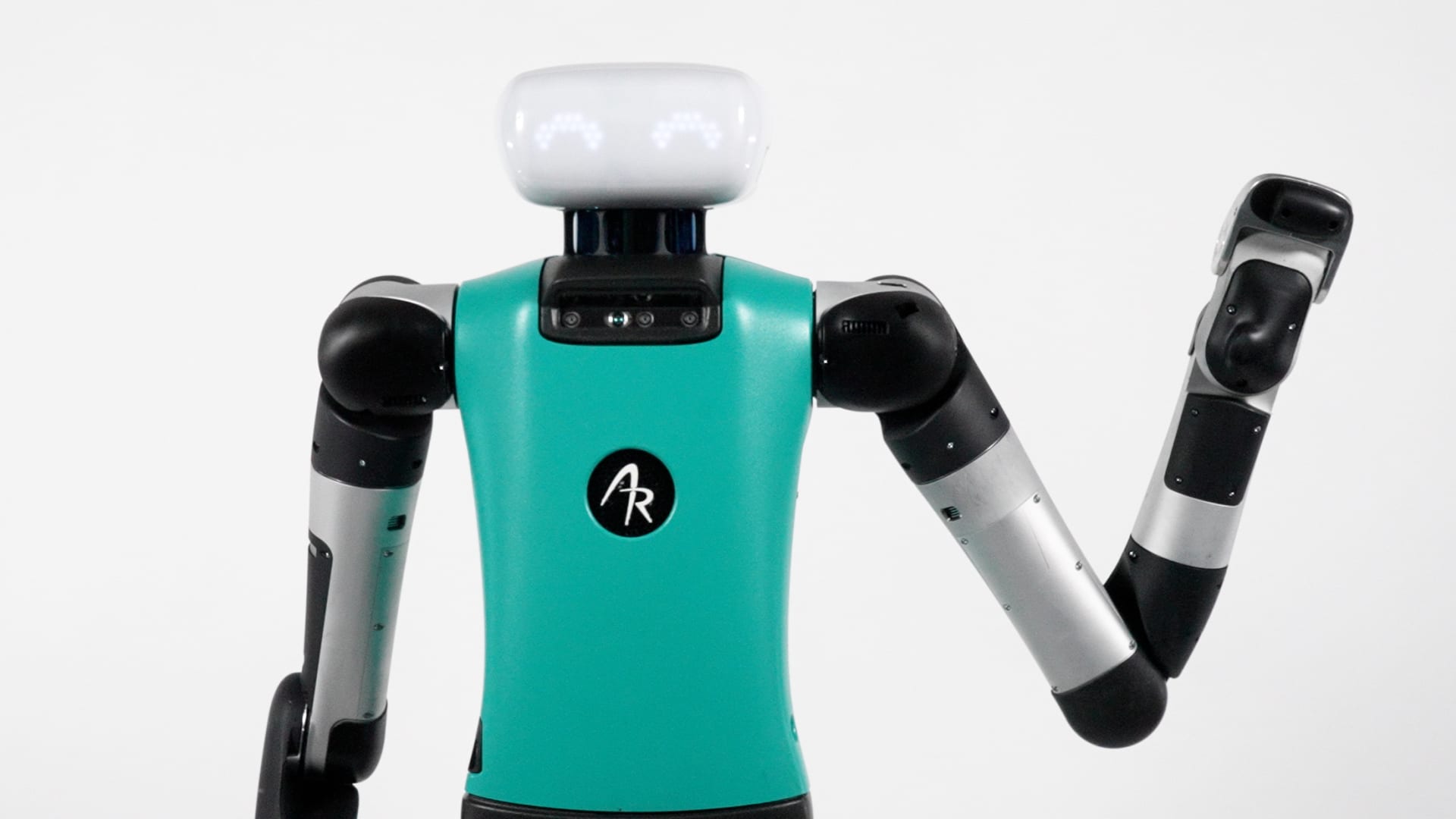Agility Robotics is opening a humanoid robot factory, beating Tesla to the punch


Agility Robotics is wrapping up construction of a factory in Salem, Oregon, where it plans to mass produce its first line of humanoid robots, called Digit. Each robot has two legs and two arms and is engineered to maneuver freely and work alongside humans in warehouses and factories.
The 70,000-square-foot facility, which the company is calling the “RoboFab,” is the first of its kind, according to Damion Shelton, co-founder and CEO of Agility Robotics.
COO Aindrea Campbell, who was formerly Apple’s senior director of iPad operations and an engineering manager at Ford, told CNBC that the facility will have a 10,000 unit annual max capacity when it’s fully built out and will employ more than 500 people. For now, though, Agility Robotics is focused on the installation and testing of its first production lines.
“It’s a really big endeavor, not something where you flick a switch and suddenly turn it on,” Campbell said. “There’s kind of a ramp-up process. The inflection point today is that we’re opening the factory, installing the production lines and starting to grow capacity and scale with something that’s never been done before.”
Funded by DCVC and Playground Global among venture investors, Agility Robotics beat would-be competitors to the punch, including Tesla with its Optimus initiative, by completing development of production prototype humanoid robots and standing up a factory where it can mass produce them.
Shelton told CNBC that his team developed Digit with a human form factor so that the robots can lift, sort and maneuver while staying balanced, and so they could operate in environments where steps or other structures could otherwise limit the use of robotics. The robots are powered with rechargeable lithium ion batteries.
One thing Digit lacks is a five-fingered hand — instead, the robot’s hands look more like a claw or mitten.
“Human style hands are very complex,” Shelton said. “When I see robots that have five fingers, I think, ‘Oh, great. Someone built a robot, then they built two more robots onto that robot.’ You should have a ‘hand’ that is no more complex than you need for the job.”
Digit can traverse stairs, crouch into tight spaces, unload containers and move materials onto or off of a pallet or a conveyor, then help to sort and divide material onto other pallets, according to Agility. The company plans to put the robots to use transporting materials around its own factory, Campbell said. Agility’s preferred partners will be first to receive the robots next year, and the company is only selling — not renting or leasing — the systems in the near term.
Asked if the company is concerned that its technology could “steal jobs” from people, Shelton said he envisions Digit allowing manufacturing and logistics businesses to meet rising demand as recruiting remains a challenge and as many workers retire or opt to leave the industry.
Matt Ocko, managing partner at DCVC and an investor in Agility, told CNBC that Digit should “fill millions of unmet roles that human beings don’t want.” At the same time, he emphasized, Agility Robotics has designed its humanoid robots to work safely and autonomously as a “robotic co-worker.”
This post has been syndicated from a third-party source. View the original article here.




